The Science Behind Accurate Protein Bar Packaging
In the realm of health and fitness, protein bars have become an indispensable companion for those seeking a convenient and nutrient-rich snack. However, ensuring the accuracy of the protein content labeled on these bars is crucial for consumers to make informed choices. This article will delve into the scientific principles underlying accurate protein bar packaging, providing a comprehensive understanding of the processes involved.
Calorie Counting and Nutrition Analysis
The foundation of accurate protein bar packaging lies in precise calorie counting and nutrition analysis. Manufacturers employ advanced laboratory techniques, such as bomb calorimetry, to determine the total energy content of their bars. This involves burning a sample of the bar in a controlled environment and measuring the heat released. The resulting data provides an accurate representation of the calories per serving.
Protein Quantification Methods
Determining the protein content in protein bars requires specialized analytical methods. One commonly used technique is the Kjeldahl method, which involves digesting the protein sample in sulfuric acid and measuring the released nitrogen. This nitrogen content is then converted into protein content using a conversion factor. Other methods, such as the Lowry assay and Bradford assay, utilize spectrophotometric techniques to quantify protein based on its interaction with specific reagents.
Macro and Micronutrient Profiling
Beyond protein, protein bars often contain a range of other macronutrients and micronutrients. Accurately quantifying these components involves employing various analytical techniques tailored to each nutrient. For example, carbohydrates can be measured using enzymatic assays, while fat content can be determined using gravimetric or chromatographic methods. Micronutrient analysis may involve atomic absorption spectroscopy for minerals and high-performance liquid chromatography (HPLC) for vitamins.
Quality Assurance and Regulatory Compliance
Ensuring the accuracy of protein bar packaging extends beyond analytical methods to encompass robust quality assurance measures. Manufacturers implement strict quality control protocols to verify the precision and reliability of their analytical results. This involves regular proficiency testing, adherence to standardized methods, and ongoing equipment calibration. Regulatory compliance plays a vital role, with manufacturers adhering to established industry standards and government regulations to ensure the accuracy of their product labeling.
Consumer Confidence and Informed Choices
Accurate protein bar packaging is essential for building consumer confidence and empowering informed choices. By providing accurate information on protein content and other nutritional components, manufacturers enable consumers to make well-informed decisions about their nutritional needs. This transparency promotes trust between consumers and brands, fostering a relationship built on reliability and accountability.
Conclusion
The science behind accurate protein bar packaging involves a rigorous combination of advanced analytical techniques, quality assurance measures, and regulatory compliance. By adhering to these principles, manufacturers ensure that the protein content and other nutritional information displayed on their packaging accurately reflects the contents of their bars. This accuracy empowers consumers with the knowledge they need to make informed choices, fostering confianza and supporting their health and fitness goals.
-
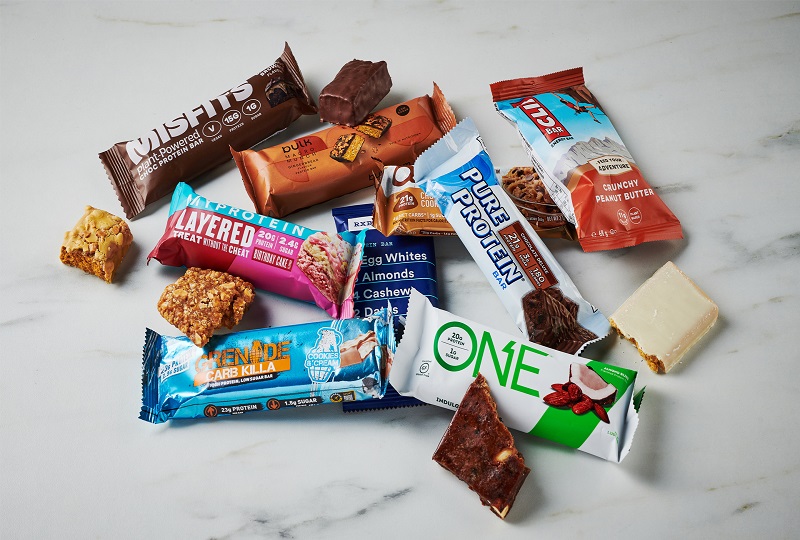 01
01Further Discussion About Protein Bar Packing Machinery
27-02-2024 -
 02
02Sustain The Best Crispy With Automatic Packaging Machines
29-01-2024 -
 03
03Bread Packing Machine For Bakery Business
19-01-2024 -
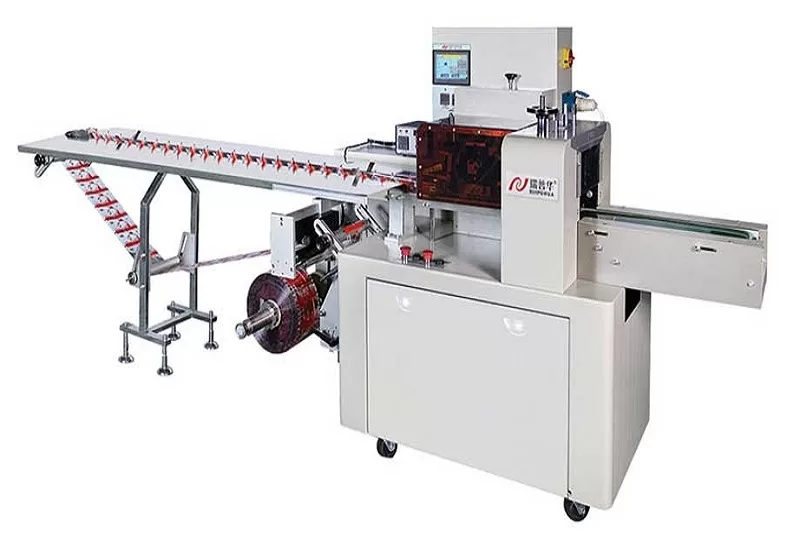 04
04How Flow Wrappers Are Adapting to Changing Trends
01-11-2023 -
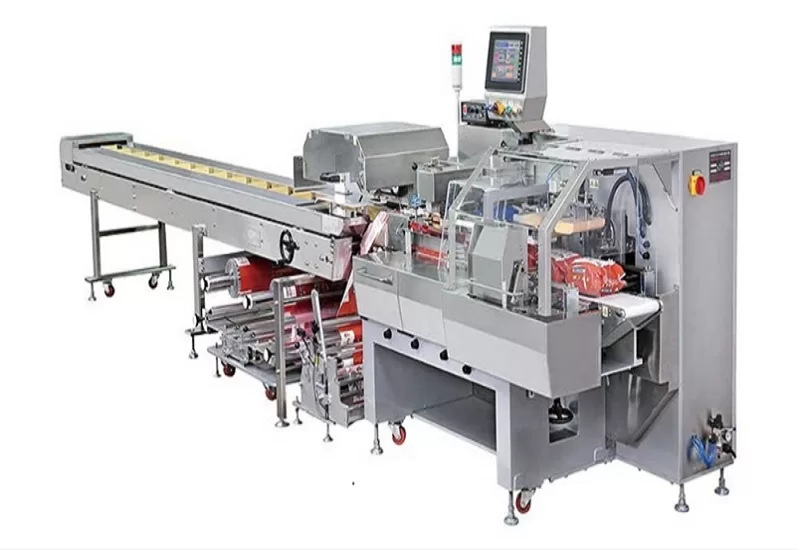 05
05The Comprehensive Guide to Packaging Machinery
31-10-2023 -
 06
06Automatic Cookie Packaging System Performance
01-09-2023 -
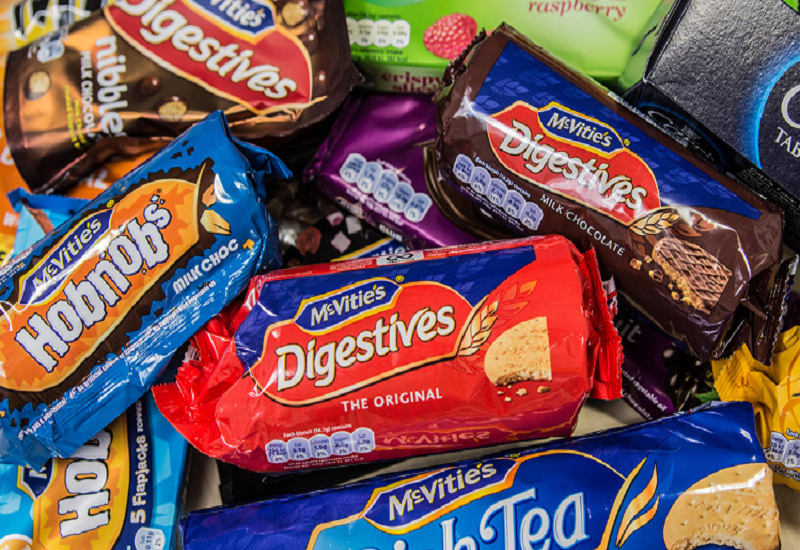 07
07Streamlining Biscuit Packaging with Multipack Biscuit Packaging Machines
25-08-2023 -
 08
08From Assembly To Shipping: The Energy Bar Packaging Machine Does All
28-02-2023 -
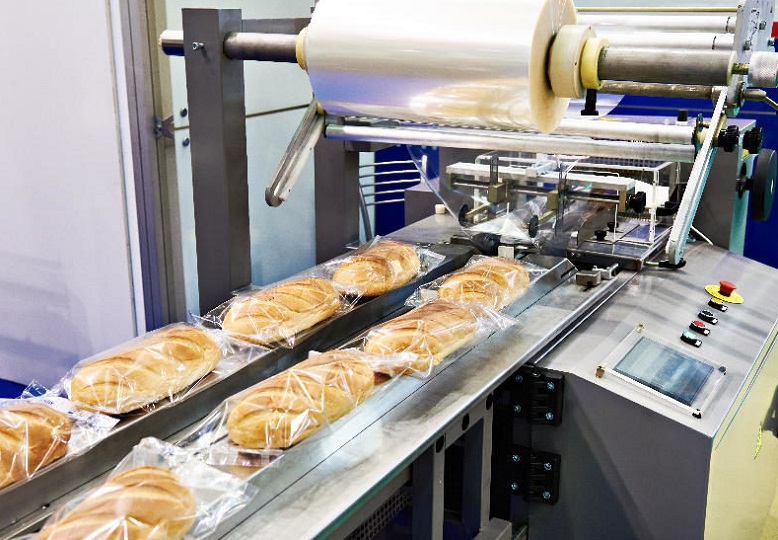 09
09Maximizing Efficiency With Food Packaging Machine Technology
22-02-2023 -
 10
10Clients Hunt For Professional And Functional Packaging Machine
10-11-2022






